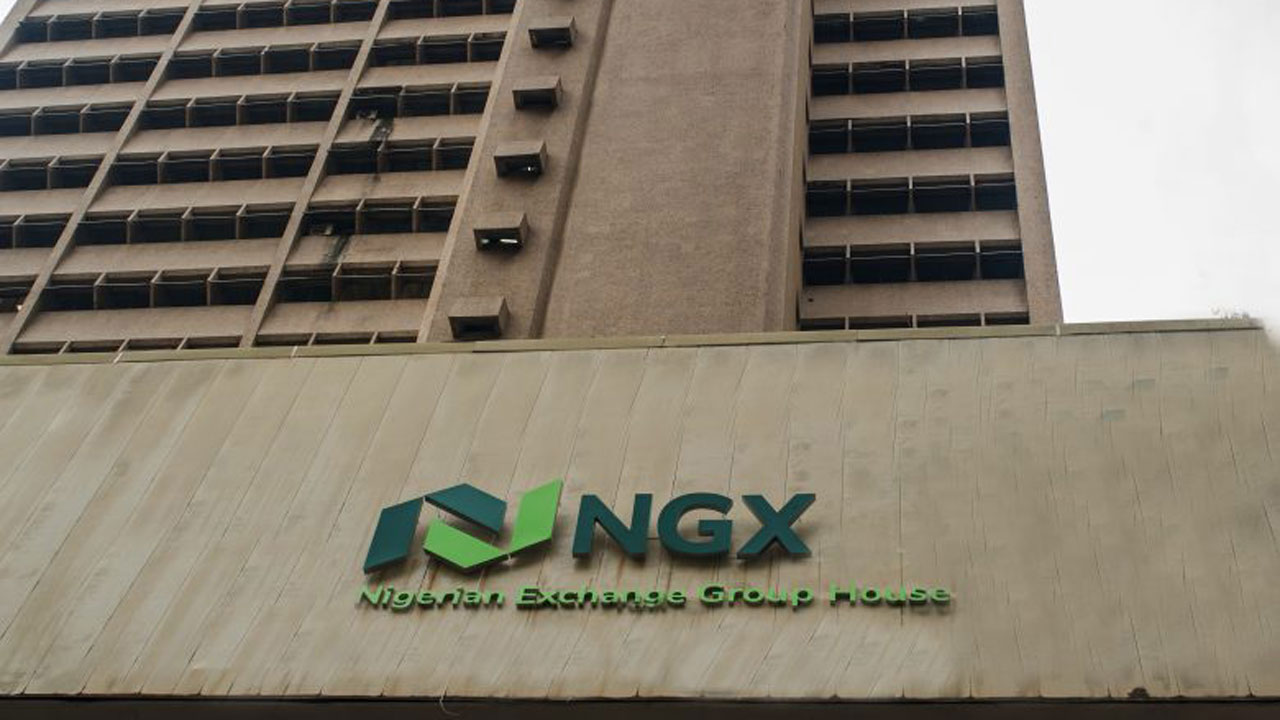The dollar rose on Thursday for the first time in five days, as risk appetite eased and stocks gave up gains notched early in the week, amid nagging concerns about U.S. threats to impose additional tariffs on Chinese imports next month.
Heavy losses in emerging market currencies have also benefited the dollar.
“The market tone is generally risk-off and supportive of haven assets,” said Joe Manimbo, senior market analyst at Western Union Business Solutions in Washington.
“Markets are cautiously hopeful that a deal may be near for a new NAFTA (North American Free Trade Agreement). Yet a trade deal between the U.S. and China … remains elusive,” he added.
President Donald Trump has threatened 25 percent tariffs on a $200 billion list of Chinese imports because of China’s retaliatory tariffs on $50 billion worth of U.S. products in the two countries’ escalating trade war. The U.S. tariffs are expected to take effect in late September after a public comment period ends on Sept. 5.
In late morning trading, the dollar index rose 0.2 percent .DXY to 94.827.
The United States and Canada, meanwhile, expressed optimism on Wednesday that they could reach a new NAFTA deal by a Friday, though Ottawa said a number of tricky issues remained.
The Canadian dollar, however, pulled back from a 2-1/2-month peak hit two days ago versus the dollar, dropping 0.5 percent to 77 U.S. cents CADUSD=R.
The dollar was also supported by data showing U.S. consumer spending, which accounts for more than two-thirds of U.S. economic activity, rose 0.4 percent last month.
With demand strong last month, consumer prices continued their gradual upward trend. The personal consumption expenditures (PCE) price index excluding the volatile food and energy components rose 0.2 percent.
“High-frequency data in … the United States continues to present a compelling case for monetary tightening – and will keep the central bank on course to hike rates through the autumn months,” said Karl Schamotta, director of global product & market strategy at Cambridge Global Payments in Toronto.
Sharp drops in emerging market currencies have also helped the dollar’s cause, with declines in the Argentine peso leading the way. Argentina’s central bank on Thursday yanked up its benchmark interest rate to 60 percent from 45 percent in a bid to control inflation running at more than 31 percent, as the country’s currency plummeted 15.6 percent to a record low 39 pesos per U.S. dollar.
Other emerging currencies were also weaker against the dollar, The Mexican peso fell 0.8 percent MXN=, while the South African rand dropped 1.3 percent ZAR=.














